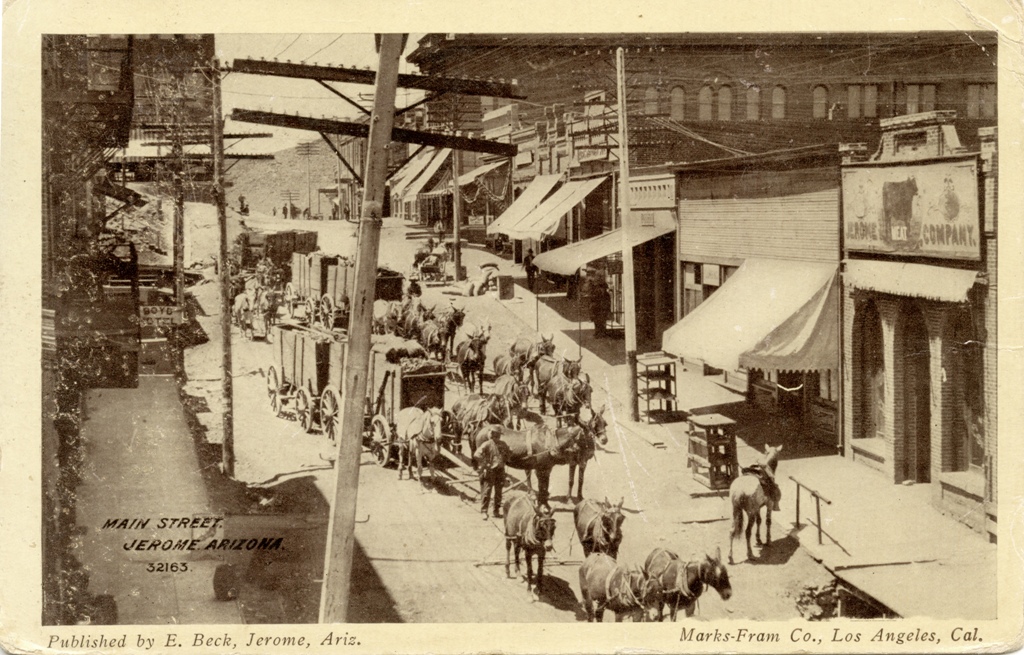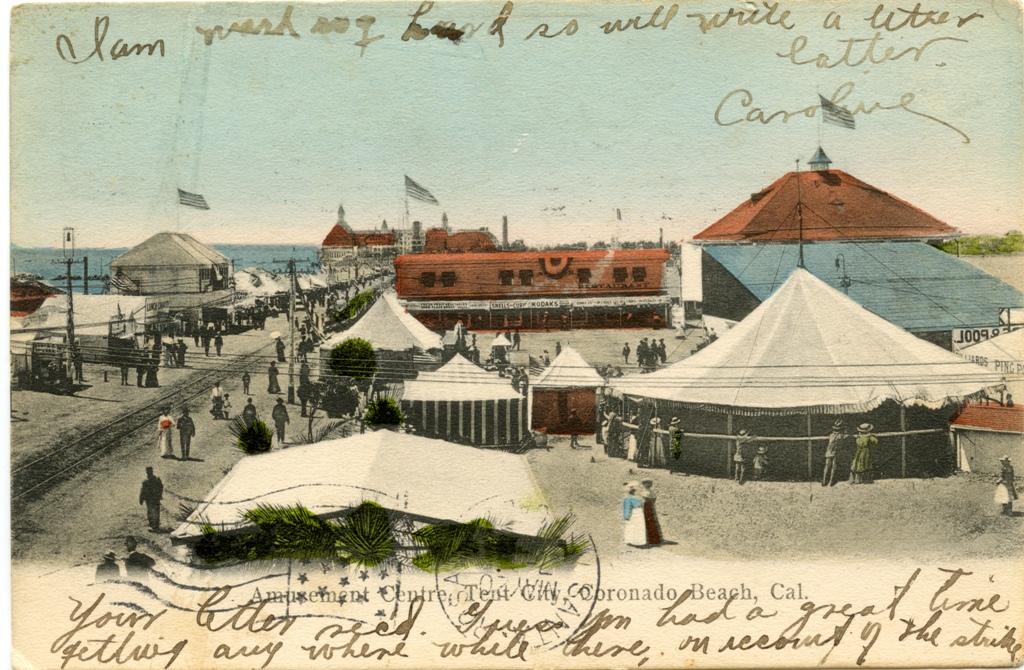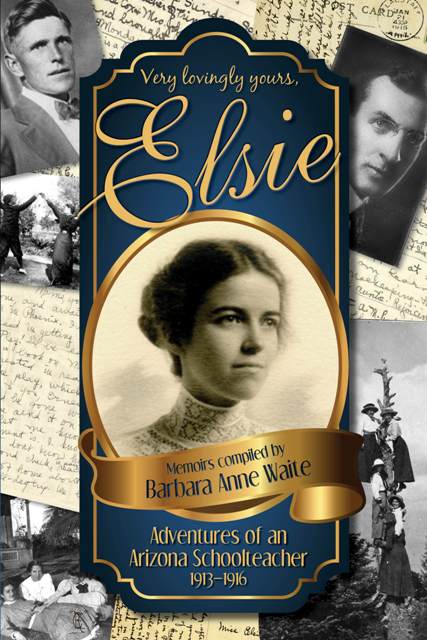Ross Wheeler -Boat wrecked in 1915- Confirmation of Elsie’s story
26 Apr
One of my favorite stories, which Elsie frequently recalled for her grandchildren, was about her “Grand Canyon adventure.” Among her papers was a yellowed newspaper article from 1915 entitled “River Scouts Have Narrow Escape.” These three men had agreed to document (on film) Elsie and a fellow teacher crossing the Grand Canyon in a wooden box attached to a cable constructed by W.W. Bass, a Grand Canyon guide. However the boat carrying the “apparatus,” as Elsie called the movie camera, was abandoned after it became stuck on the rocks as they attempted to descend the rapids of the Colorado River.
I was at Costco in Prescott, Arizona for a book signing for “Elsie” on April 14th. We spent the night with some new friends who are seasoned hikers of the Grand Canyon. I shared a copy of “Elsie” with
them. As I was telling them the story of her Grand Canyon Adventure, our new friend stopped me as I mentioned the name Charles Russel, who, according to my grandmother, with another scout and a
filmmaker had abandoned their boat and the movie camera when the boat was
wrecked upon the rocks. He told me, “I know that boat. It’s the ‘Ross Wheeler’ and it is still down
in the canyon. I have a picture of us in that very boat.” Could it be possible that the boat in my grandmother’s story was still in the canyon?
They shared a book with us that described “…the Ross Wheeler, a steel boat chained and
bolted to the rock. The boat was abandoned here in 1915 by Charles Russel, August
Tadje, and a filmmaker named Clements.” Amazingly, here was documentation that matched Elsie’s account of the aborted filmmaking trip! When we stopped at the Powell Museum in Page, Arizona, I discovered another interesting book, The Very Hard Way – Bert Loper and the Colorado River by Brad Dimock. Dimock’s book gave further confirmation that the wrecked Ross Wheeler was the very
boat mentioned in Elsie’s letter. Dimock wrote “…the two (scouts) climbed, scraped, scrambled and chimneyed to the rim, dehydrated and half starved… The following day they went on to W.W. Bass’s cabin where they waited for Russel to appear… They abandoned the Ross Wheeler…Russel’s great film expedition was finished.” (If you are interested in early boat expeditions down the Colorado this book is very interesting.)
Elsie’s diary (page 154 in my book) says , “Nov. 27th, 1915– River scouts came in while we were there, after 45 hours without food. We were to have met them at the foot of the trail for movies; but they were wrecked.”
In a long letter written home Elsie described the arrival of the river scouts, “After our supper we heard the violent conversation going on… such clever irony, such bold reveling I had never heard before or imagined. We couldn’t help hearing.” Later, the third man came in. “It was very exciting to be there when he arrived! Mina and I sat on the same chair and kicked each other whenever it was particularly difficult not to laugh aloud.”
What a thrill for me to have my Grandmother’s
story corroborated by further documented history!
The young man in the boat is John McMahon. Thanks to the McMahons for the photo and the visit with your family.











